Content
Remontant varieties of strawberries or garden strawberries have been especially popular among gardeners in recent years. And this is not surprising, since they allow you to harvest several times during the growing season and, thus, have the opportunity to enjoy tasty and fresh berries almost all year round. But you need to understand that remontant varieties have several features that must be taken into account in order not to be disappointed in the process of growing them.
Vima Rina is a typical representative of remontant strawberries, a description of the variety, reviews and photos of which you can find in this article. It is part of the Dutch series of strawberry varieties under the general name Vima. But of the four most famous varieties in this series - Zanta, Rina, Xima, Tarda, only she is remontant. And not just remontant, but also neutral day strawberries.
Repair strawberry, what is it
The very concept of remontance in relation to any plants simply implies their ability to flower and bear fruit multiple times throughout the growing season. As for strawberries, there are also varieties of short, neutral and long day. The first ones have been familiar to all gardeners since ancient times and are typical representatives of traditional strawberries with fruits ripening once per season.Their bud formation occurs only during short days (less than 12 hours), usually at the end of summer and autumn.
Long-day strawberries set flower buds when the day length is about 16-17 hours. It can produce two to three harvests during the warm season, so it can rightfully be classified as a remontant variety.
Therefore, in greenhouse conditions, these strawberry varieties can be easily grown year-round. The process of bud formation in these varieties occurs in cycles, each of which takes approximately six weeks. Therefore, in open ground, depending on the climatic conditions of the region, strawberry varieties of this type can produce from two to four waves of fruiting per season.
Abroad, the concepts of remontant strawberries and day-neutral ones have practically merged together, since almost all remontant strawberry varieties are a priori day-neutral varieties. In our country, it is customary to distinguish between these concepts, since sometimes there are varieties of strawberries with long daylight hours, for example, Garland, Moscow delicacy, Temptation f1, Tuscany f1 and others.
Description of the variety
The Wim Rin strawberry was obtained by breeders from the Dutch company Vissers by random sowing of seeds. The parent varieties of Vima Rina are not exactly known, but judging by the description of the variety and characteristics, the variety was among its predecessors strawberries Selva.
Vima Rina strawberry bushes are powerful, have significant growth force, and are medium spreading. They grow a large number of leaves that can protect the berries from strong sun in hot weather.The leaves themselves are medium in size and colored light green. The surface of the leaf is convex, strongly ribbed and shiny, with small denticles along the edges. The flowers, growing to the same level as the leaves, are medium in size and have a traditional white color. The inflorescences are spread out in different directions on a long stalk.
The Vima Rina strawberry produces a very small number of whiskers, so propagation in the traditional way is difficult. You can use seed propagation, as well as divide the bushes every two to three years. But this makes caring for the bushes much easier.
This strawberry variety is highly winter-hardy and has a fairly moderate drought tolerance.
It is not for nothing that the Vima Rina variety is very popular among both summer residents and farmers - it is capable of demonstrating high yields - from one bush you can harvest from 800 to 1200 grams of berries during the warm season.
When grown in a heated greenhouse and additional lighting, the berries can ripen until the New Year. Then the bushes need a short break of 2-3 months, and with continued proper care, the next harvest may appear starting in April-May.
If you grow Vima Rina strawberries under ordinary film covers, then the first harvest can be obtained as early as May and fruiting will last until November. In open ground, this strawberry variety produces an average of 2-3 waves of harvest, from June until the first frost.
If the bushes are given proper care, they show good resistance to most traditional diseases.
Characteristics of berries
In general, Vima Rina strawberries are considered one of the best remontant varieties, primarily for their taste.
- The berries have a slightly elongated cone-shaped shape of a rich bright red color with a pronounced beautiful gloss. The seeds are very small and cannot be felt at all when eaten.
- The flesh is also red and quite dense, although it does not have the characteristic crunchiness of other remontant varieties, such as Albion.
- The berries of this variety are of the large-fruited type, their average weight is 35-45 grams, although under good care conditions, specimens weighing up to 70 grams can also be found. In autumn, the size of the fruit may decrease slightly.
- The taste of the berries is really very interesting, sweet with a slight cherry flavor and a pronounced strawberry aroma. Professional tasters rate the taste at 4.8 points.
- The berries of this variety are very good for eating fresh and for various preservations, including drying and freezing.
- The fruits are also well stored and can be transported over short distances.
Features of cultivation
Vima Rina strawberries can be planted at almost any time. Planting in autumn and early spring is considered the most traditional. The temperature range at which flower buds are formed in this variety is very large - from +5°C to +30°C.
The planted seedlings take root very well.Good quality seedlings should have a strong root system and about 6 well-developed leaves. Unlike many varieties of day-neutral strawberries, Vima Rina is quite capable of living and bearing fruit in one place for two or three years in a row, practically without losing, and even increasing, its yield. But for this, plants require abundant and regular feeding. Then the bushes must be replaced with young ones grown from seeds, or divided into several parts, thus rejuvenating them.
But many gardeners practice growing Vima Rina strawberries as an annual crop, mercilessly removing all fruit-bearing bushes and leaving only young plants obtained from rosettes.
The soil needs to be very well filled with organic matter before planting.
It is necessary to understand that when using predominantly nitrogen-containing fertilizers when feeding Vima Rina strawberry bushes, plant growth will increase and more or less significant formation of mustaches can be expected. But the quality of ripening berries deteriorates somewhat. Therefore, such fertilizers should be used if you plan to use the bushes primarily for propagation, and the quality of the berries is not of paramount importance.
If you use fertilizers with a predominant content of phosphorus and potassium, the taste of the berries will be close to perfect. During the entire growing season, it is necessary to feed the bushes every time at the beginning of flowering, as well as at the beginning of the ripening of berries and after fruiting. Once formed, the berries ripen in approximately 14-16 days.
Reviews from gardeners
Reviews from gardeners about Vima Rin's strawberries are mostly positive. But many descriptions and characteristics often do not coincide with each other.Perhaps this is due to the fact that due to the popularity of this variety, unscrupulous sellers under the guise of Vima Rina are selling something that is not really strawberries of this variety.
Conclusion
If you prefer remontant varieties of strawberries or just want your strawberry season to last throughout the summer, be sure to try planting Vima Rina strawberries on your plot. Moreover, it can even grow on a balcony or in a small indoor garden.
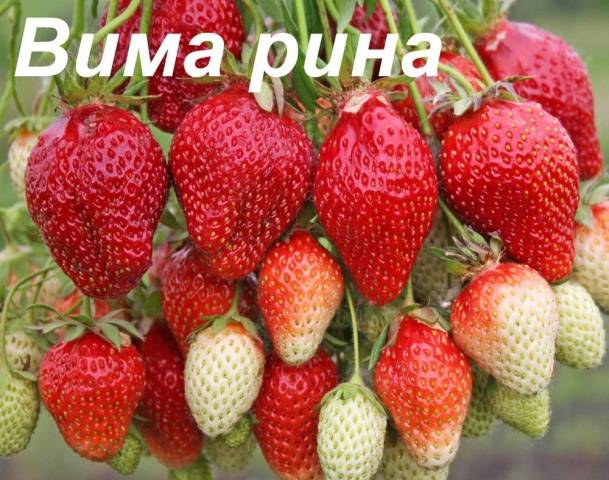
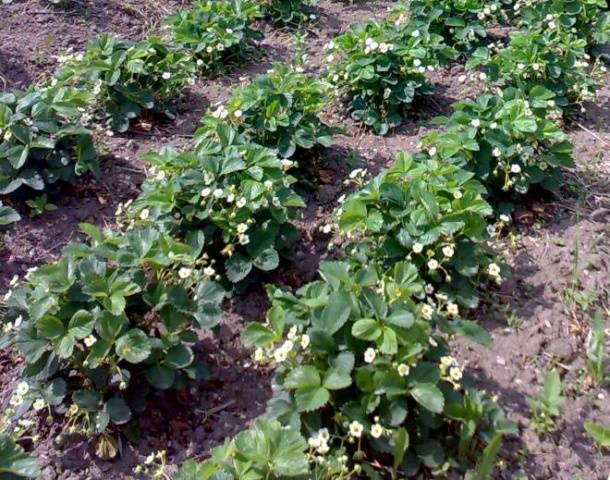
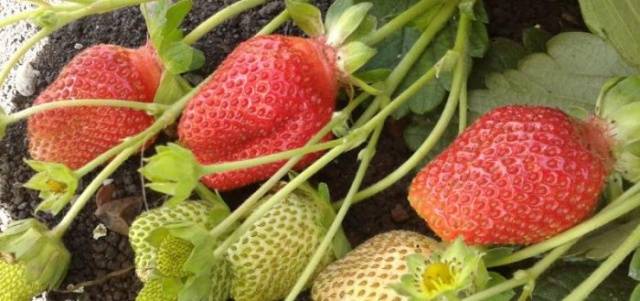
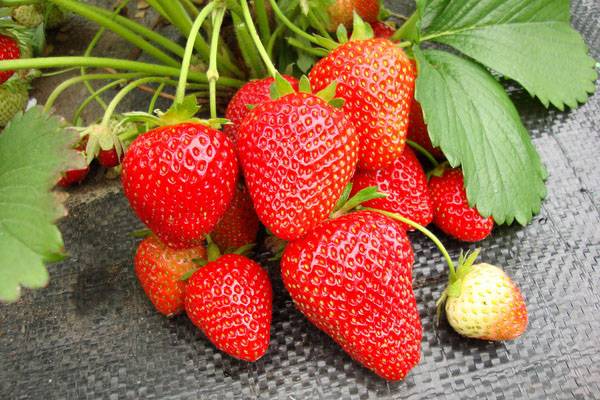
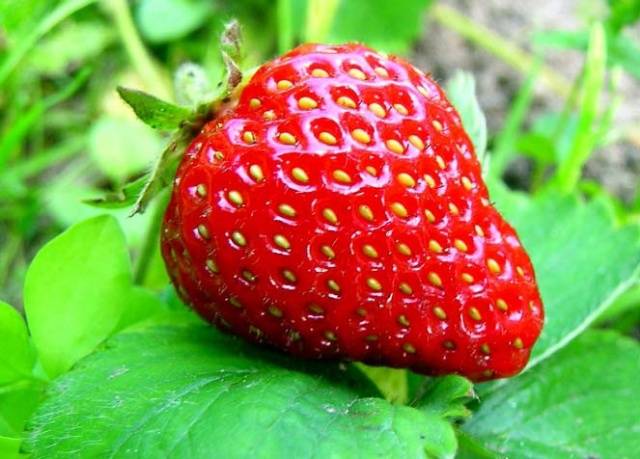
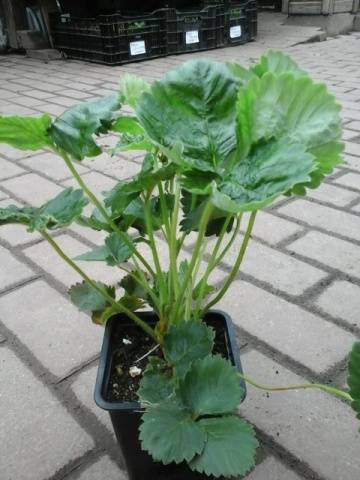
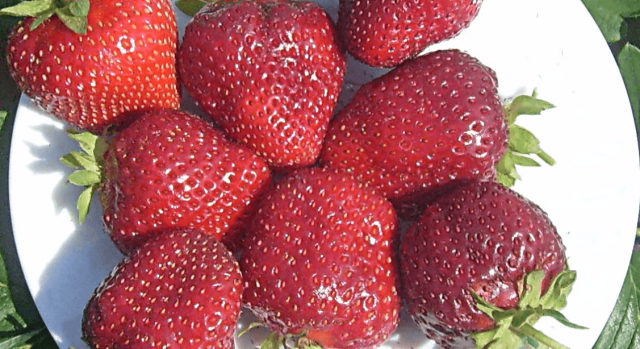
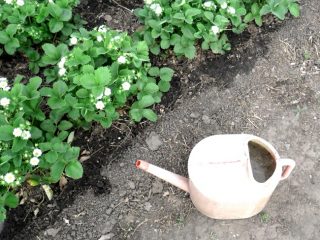
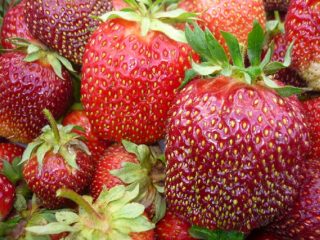
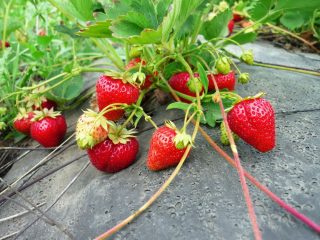
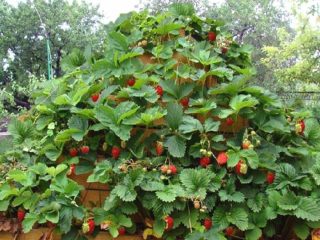



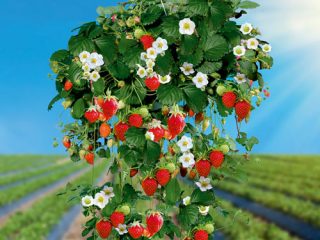
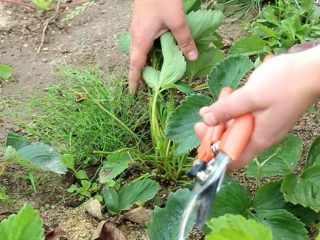
Maybe you bought a re-grade. I had several remontant varieties of strawberries, the best in taste was Vima Rina, sweet even after the rains, aromatic, not oaky like other remas. It was Vima Rina that I left for breeding.
I’m not happy with these strawberries, the berry takes a long time to ripen, the seeds are large, the taste is so-so, if the bush is in the sun, then the berry is boiled, I asked gardeners; many are not happy, your description does not correspond to what is there, you spend so much effort on it, feeding, etc. .d. not worth it. Praised. I'll clean up!